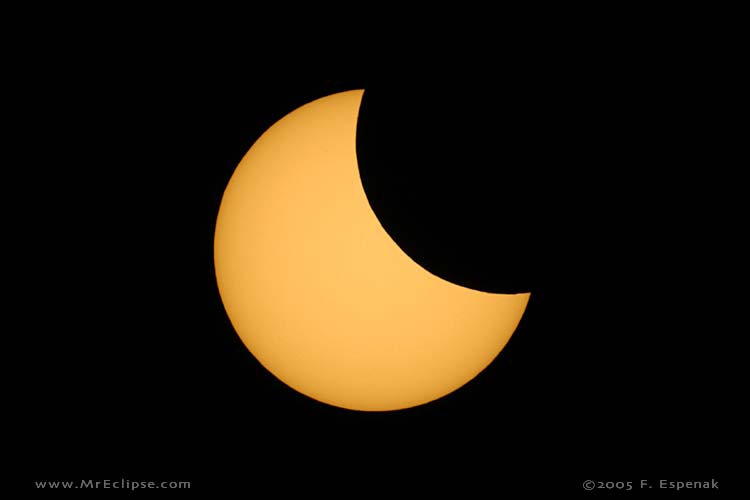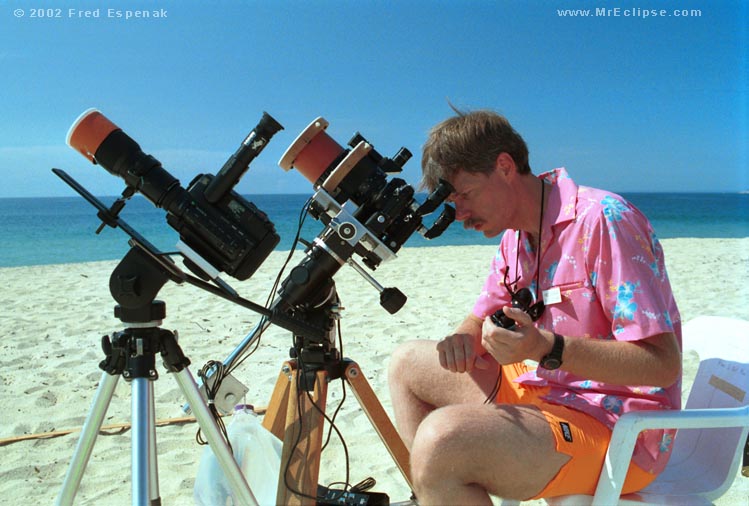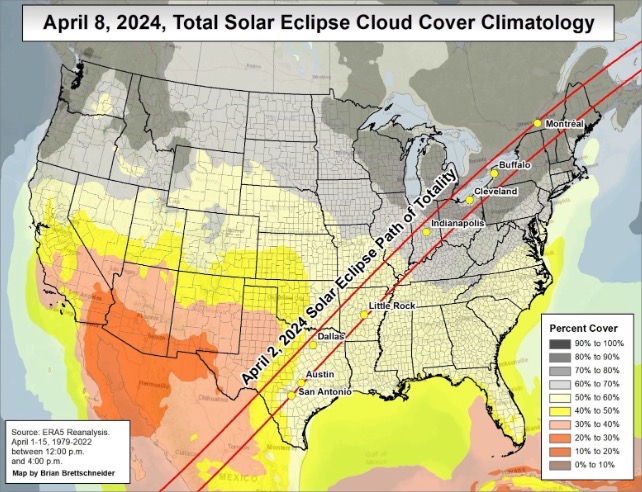Here we are again for week 3 of the Solar Eclipse Blog. Thanks for joining us! One of my favorite things about science is finding patterns in nature. Making observations often leads to unexpected patterns that can help form predictions, and this is how the science of predicting solar eclipses came to be. Read along with Ken’s post below to learn more about the history and evolution of eclipse predictions and how we benefit from that knowledge today.

I open with this excerpt, from a twitter post by Neil DeGrasse Tyson: “Odd. No one is in denial of America’s Aug 21 total solar eclipse. Like Climate Change, methods & tools of science predict it.” The eclipse Dr. Tyson was writing about was “the great American eclipse” of 2017. Everything about the eclipse and the predictions that went into it went exactly according to planned expectations. There were no unpleasant surprises, except poor weather and crazy traffic post-eclipse, in some cases. I find it interesting that in some areas of science, some concepts are accepted completely, while others are fraught with strife and contradiction. If you want an example of “unsettled science”, bring up “the anthropocene” at the local pub, and see what happens.

Natural events do occur in patterns, and humans are good at sleuthing out those relationships if they exist. One such relationship is called a Saros. Civilized people were predicting eclipses prior to systemized writing! And eclipses were predicted worldwide.
So how does an eclipse get predicted? The Moon orbits Earth every month, and its orbital plane is tilted 5 degrees relative to Earth’s orbit around the Sun. Imagine the Moon’s shadow, always draped behind it relative to the Sun. Most months, when the New Moon crosses Earth’s orbital plane, its shadow passes above or below the Earth in space. No eclipses are seen in this relatively normal configuration. But every once in a while, the Moon’s orbital plane crosses Earth’s, and an eclipse is possible. Astronomers refer to these points in the Earth-Moon orbit as nodes.

Effective eclipse prediction requires knowledge of the Saros cycles, which are sets of eclipse alignments based on repeating patterns in the Moon-Earth orbital system. From NASA’s eclipse FAQ’s: “Eclipses occur in patterns. The Saros Series is a period of 223 lunar months that has been used to predict eclipses for thousands of years. In a Saros Series, exactly 9 years, 5.5 days after any lunar eclipse, a solar eclipse will occur, and vice versa. Approximately 6585.3211 days, or 18 years, 11 days, and 8 hours after one eclipse, the Sun, Earth, and Moon return to about the same relative geometry, and a nearly identical eclipse occurs. These similar eclipses are part of the same Saros Cycle, and the time between the two eclipses is called a saros.

The master of eclipse prediction, mapping, and modeling, who recently retired from NASA’s Goddard Space Flight Center, is Fred Espenak. Most of the eclipse information and diagrams are from work Dr. Espenak and his team at Goddard compiled while at NASA. It’s part of a larger canon of work, the Five Millennium Catalog of Solar Eclipses. According to Dr. Espenak, “…The eclipse belongs to Saros 134 and is number 44 of 71 eclipses in the series. …” Back in the fall, I told you to “stay tuned” in February of 2024 and I would let you know where Dr. Espenak would be going to view the upcoming total eclipse. He’s been chasing eclipses for many years, and will know where there’s likely to be good weather on April 8th.

Well, here we are on March 1, and I still can’t tell you where Dr. Espenak has stated he’s going! But here’s what we do know: climate prediction is still a work in progress, but, in general, the further west and south you go on the line of totality, the weather improves, and the probability of clear skies increases significantly, as you can see, above.
The science of eclipse prediction is very well established. It’s one way we know that the Earth-Sun-Moon system is extremely stable, as the Saros cycle pattern has remained almost unchanged for millenia.
**********
Ken Brandt directs the Robeson Planetarium and Science Center in Lumberton, NC. He is a volunteer in NASA’s Solar System Ambassador Program. He is also a member of the 3rd cohort of NC Space Grant Ambassadors, and an Ambassador for the Mars Society.